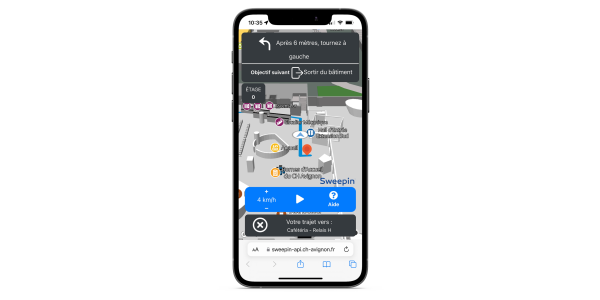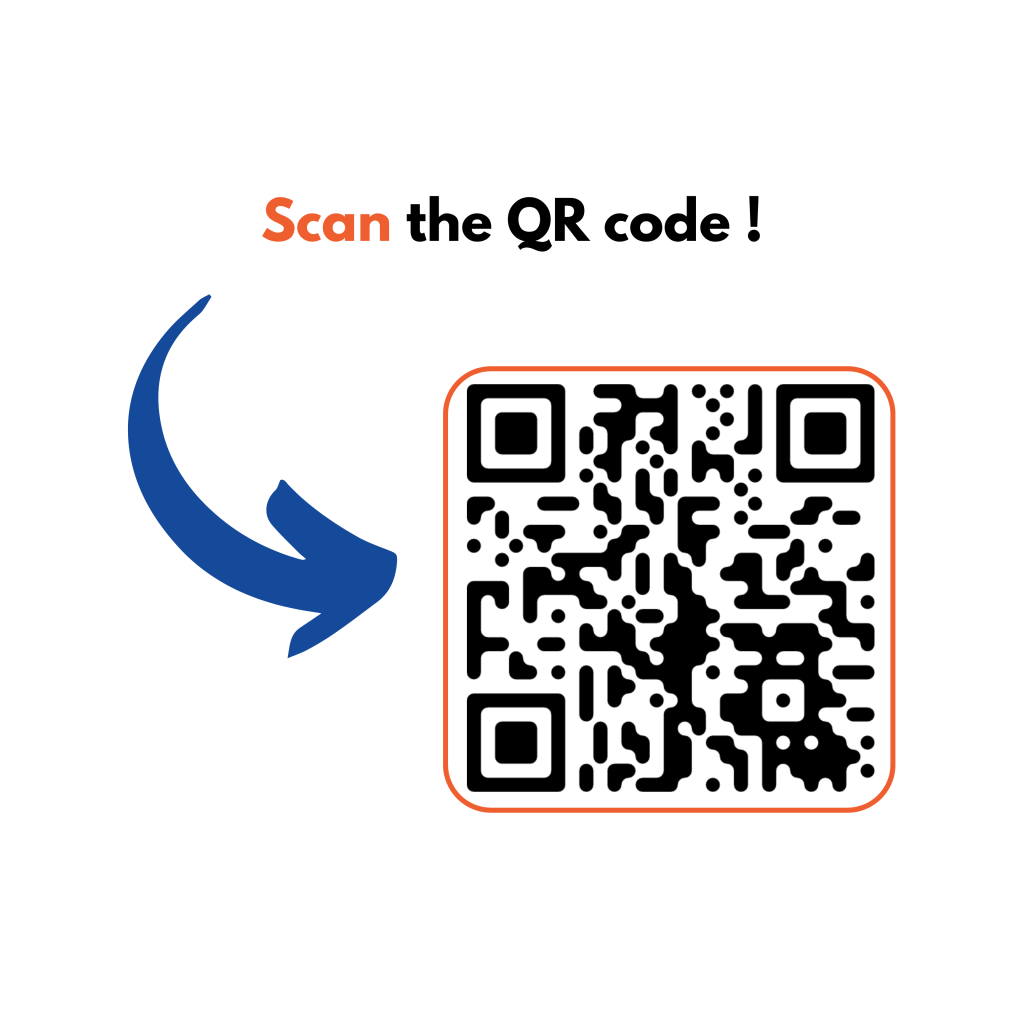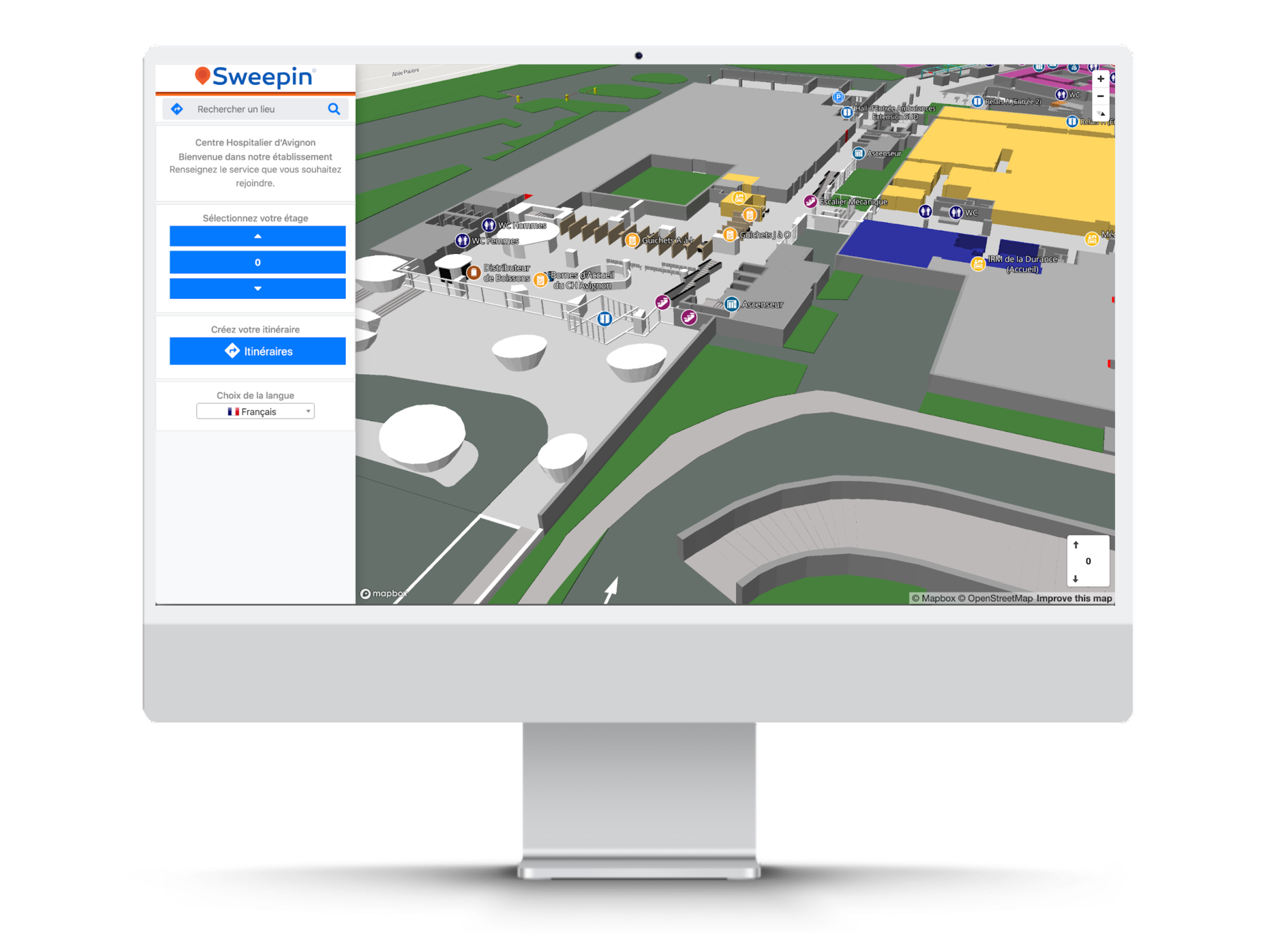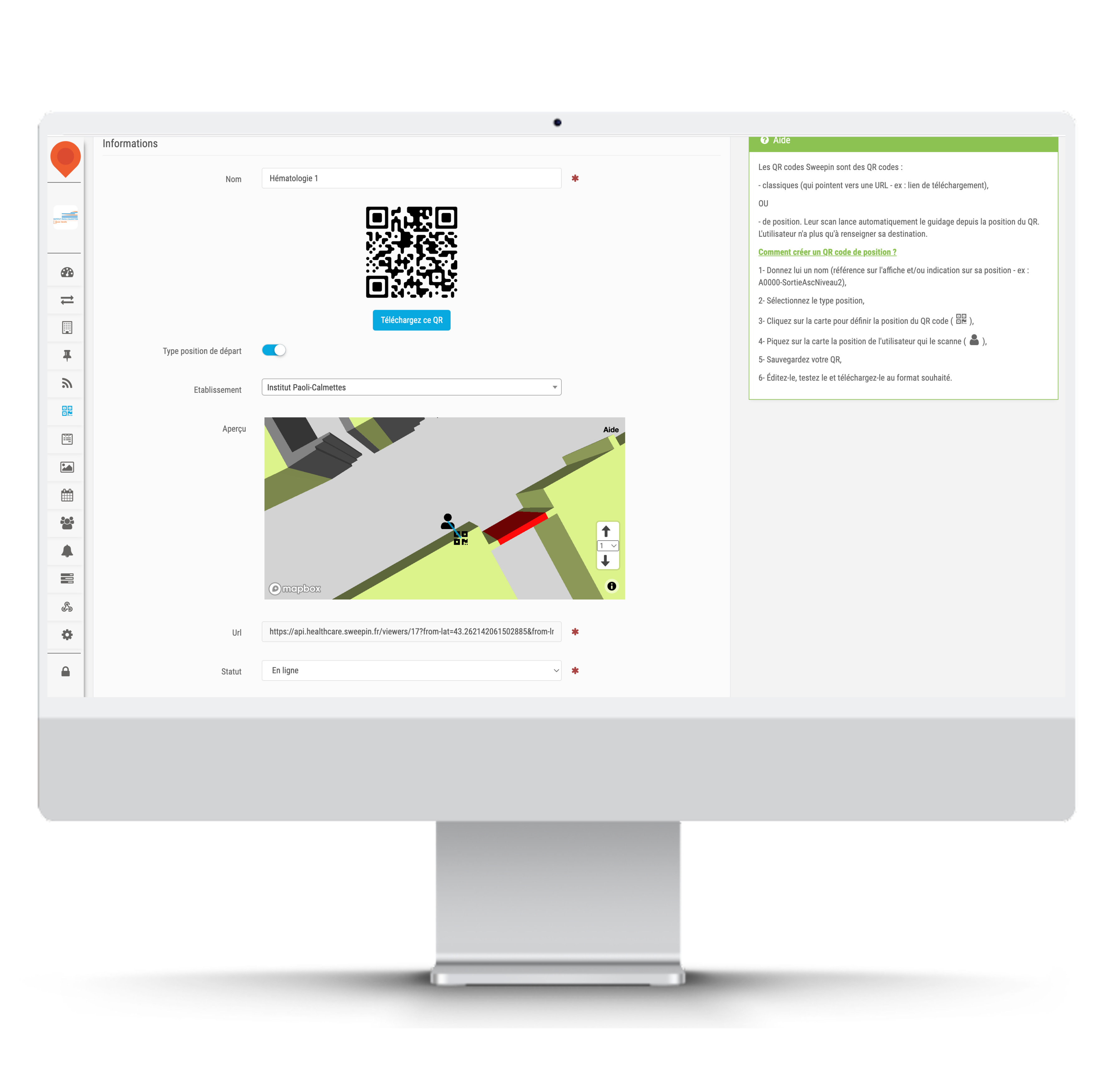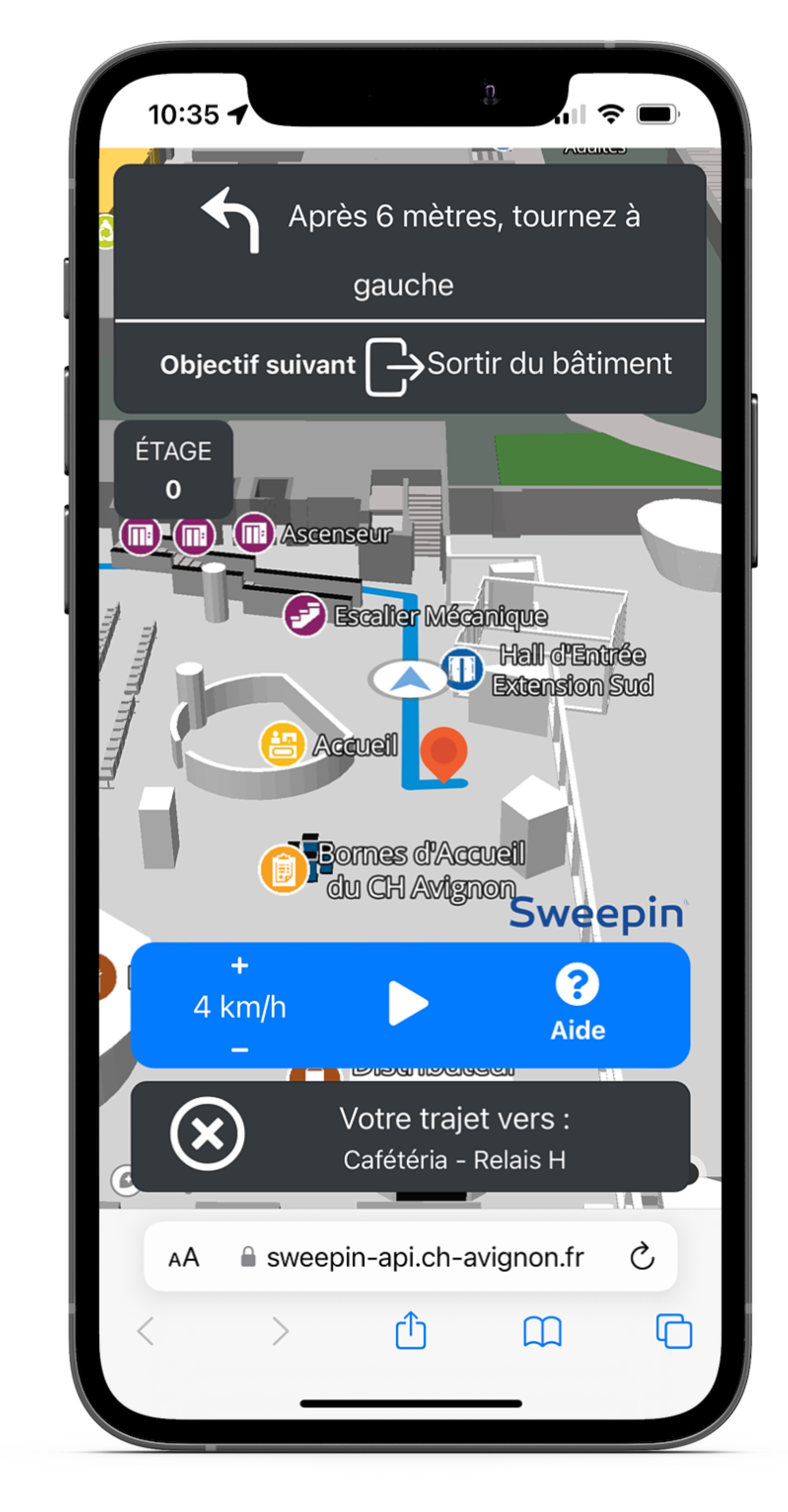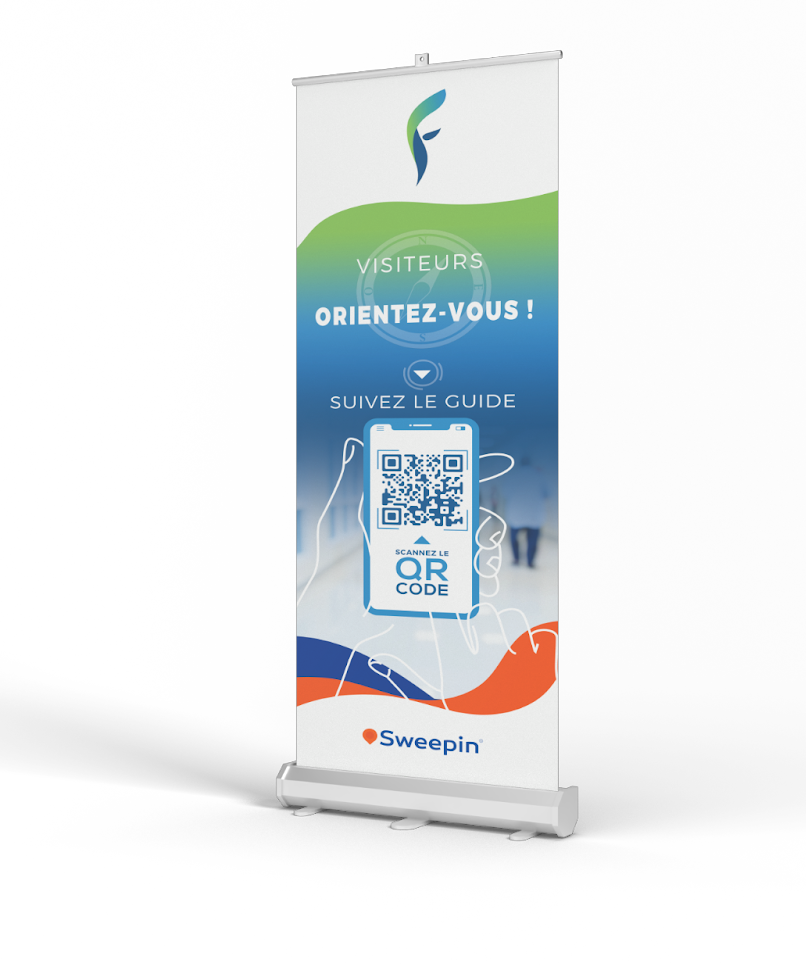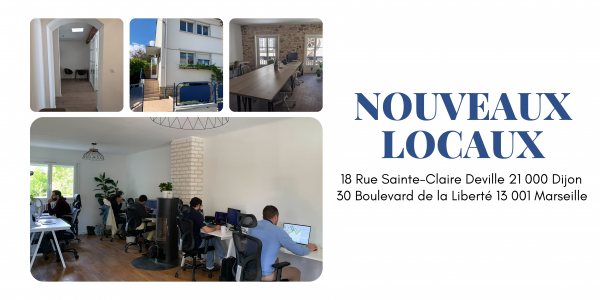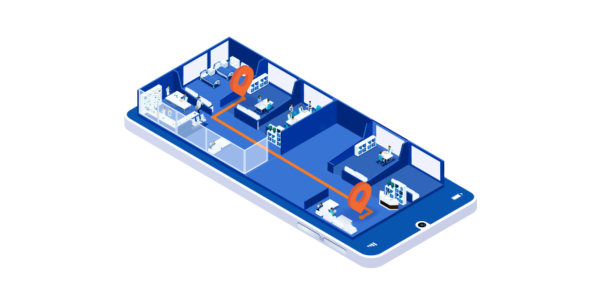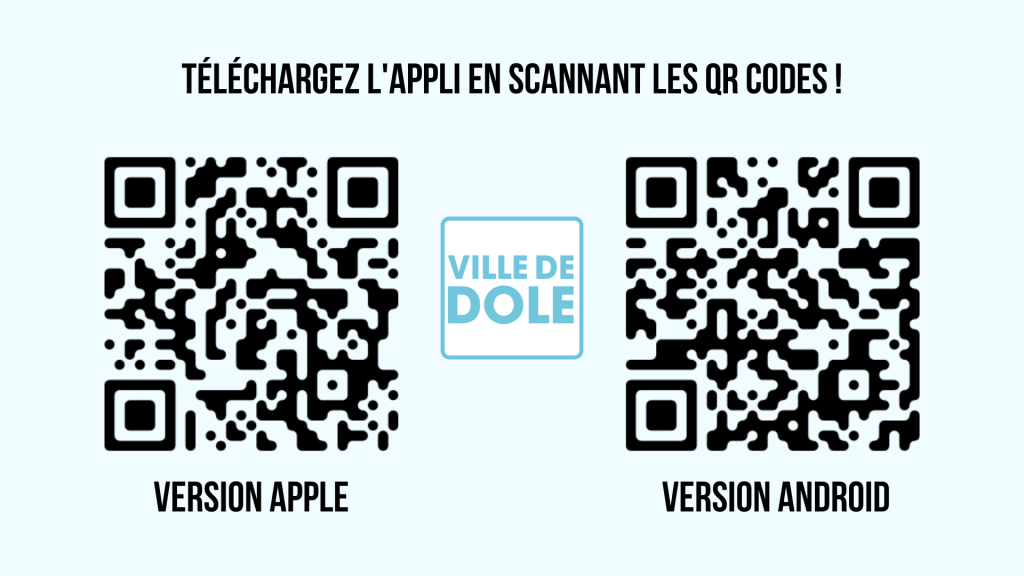Connected city, smart city… These expressions are often used as synonyms, but isn't this an abuse of language? Is there a difference between these two concepts? Answers in this article.
What is a smart city ?
The concept of smart city, which appeared in Korea in the early 2000s, was popularized by former U.S. President Bill Clinton. For him, it is a sustainable city, with a low ecological impact and pleasant to live in. He then challenged companies specialized in computer networks to put their technology at the service of this city of the future and its inhabitants.
Today's smart cities are environmentally friendly and energy efficient, thanks to intelligent systems that enable them to anticipate their consumption: smart grids for water and energy management, sensors to manage public lighting, etc. It is also a place of exchange, where city services and citizens communicate via applications to improve city life together.
And what is the connected city ?
The connected city is a smart city! At the time when Clinton evokes the concept of smart city, we are at the very beginning of 2.0. The notion of participative economy was still in its infancy for the average citizen, and artificial intelligence was almost science fiction. The city then became, at first, a connected space through the use of technology. The goal is to improve the efficiency of processes to become more economical and ecological.
With the rapid evolution of technologies and mentalities, the city connected by purely technological means has then become an interactive space, in which residents participate in city decisions from their smartphones (citizen reporting, polling, etc.). It is a place for citizen dialogue, which brings people together, where everyone can take concrete action on their quality of life.
Smart city, connected city… So, different or not?
Connected city or smart city, the concept covers the same reality: that of a city optimized by technology. But is it really the same thing? Globally, yes, because to be smart, a city must be connected, and if it is connected, it has every chance of becoming intelligent, more sober on the ecological and economic level, and more inclusive on the social level.
There is, however, a semantic nuance. The notion of smart city refers to a thought, a real concept of urban planning in which we "build" a more sustainable and human city, while the term connected city refers rather to the practical aspect and the operational means to achieve it (open data, networked operation, mobile application, sensors, video protection cameras, etc.).
But whether it is called connected or smart, the city will only be a sustainable and pleasant place to live if it uses technology in a thoughtful way, with specific objectives: facilitating community life, reducing electricity consumption, optimizing waste collection, etc. Above all, it requires a real project and a municipal will to make technology an asset in the development of its territory.
Start your connected and smart city project with our applications with customizable services.




